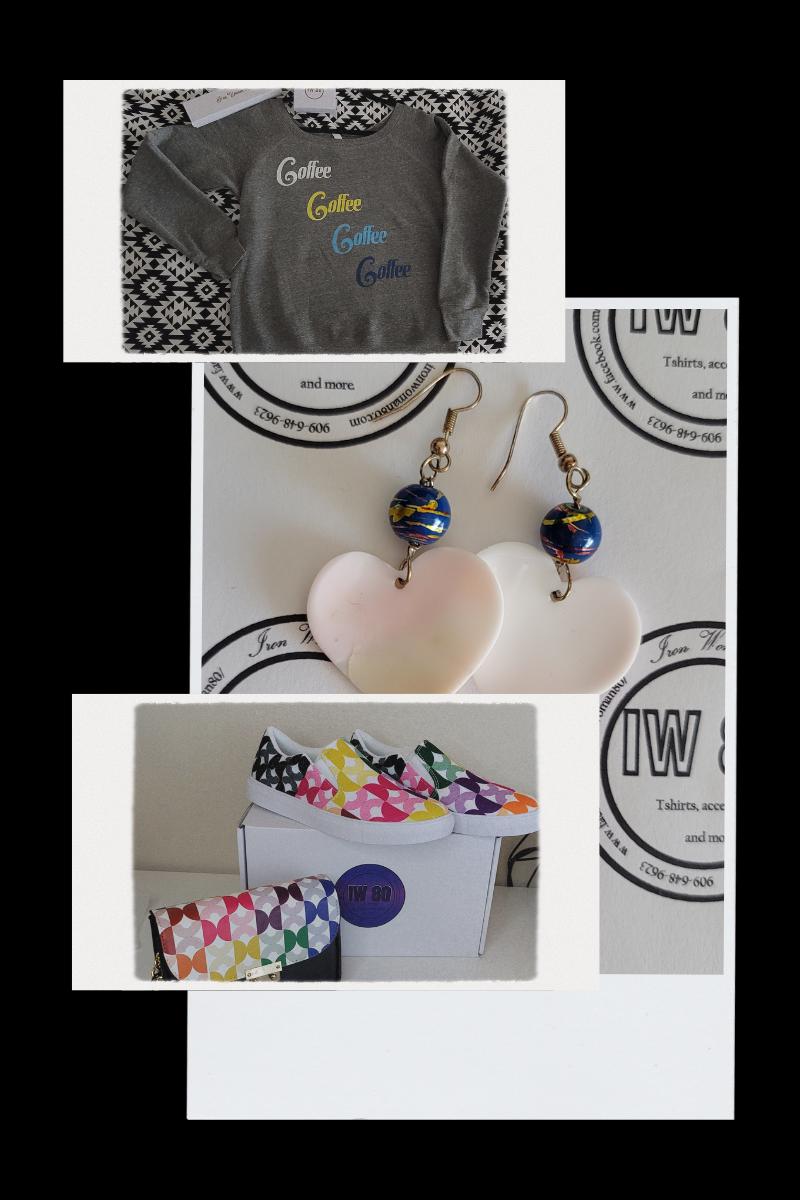Sustainable Fashion Guide: Cotton Water Usage vs Recyclable Polyester Learn how cotton depletes water resources, why polyester is a practical alternative, and how print-on-demand models are changing the fashion industry.
Introduction: The Need for Sustainability in Fashion
Sustainability is no longer just a buzzword, it’s essential for the survival of our planet and the fashion industry. When I started my brand, I realized that fast fashion’s waste and environmental impact could not be ignored. From excessive water use to overproduction, traditional fashion practices simply aren’t sustainable.
Cotton: A Thirsty Fabric
Cotton has been the backbone of fashion for centuries, but it comes at a high environmental cost. According to the World Wildlife Fund (WWF), cotton consumes more water than almost any other crop, putting immense pressure on rivers, lakes, and aquifers.Producing just one kilogram of cotton can require over 20,000 liters of water (Water Footprint Network), which is especially unsustainable in drought-prone regions. Cotton farming also contributes to chemical runoff, polluting rivers and harming biodiversity (GWU Blog).For sustainable fashion brands like ours, relying on cotton at the scale demanded by mass production is no longer an option.
Polyester: A More Sustainable Alternative
We shifted much of our production toward polyester, especially in our print-on-demand (POD) model. Unlike cotton, polyester does not require irrigation water, reducing pressure on freshwater resources.Polyester is durable, meaning garments last longer and produce less waste over time. Additionally, polyester is recyclable, allowing it to be turned into new fibers instead of relying on virgin materials (Fibre2Fashion).While polyester has its drawbacks, such as microplastic shedding and lower breathability. It currently offers a practical way to reduce water waste while maintaining an accessible fashion line.
Print-on-Demand: Reducing Overproduction
Traditional fashion often produces bulk clothing without knowing if it will sell, leading to unsold garments and landfill waste.With print-on-demand, nothing is made until a customer places an order. This eliminates unnecessary production, minimizes storage needs, and ensures every item has a purpose from day one (Printful Blog).
A Temporary Step Toward a Greener Future
Our approach is a temporary but necessary shift toward sustainability. Our long-term goal is to responsibly integrate more natural fibers like hemp and flax, balancing Mother Earth’s needs while avoiding the pitfalls of mass production.Sustainable fashion requires thoughtful material choices, smarter production methods, and a commitment to reducing waste. By using polyester and print-on-demand wisely, we can continue to create beautiful clothing while taking a step toward a greener future.


